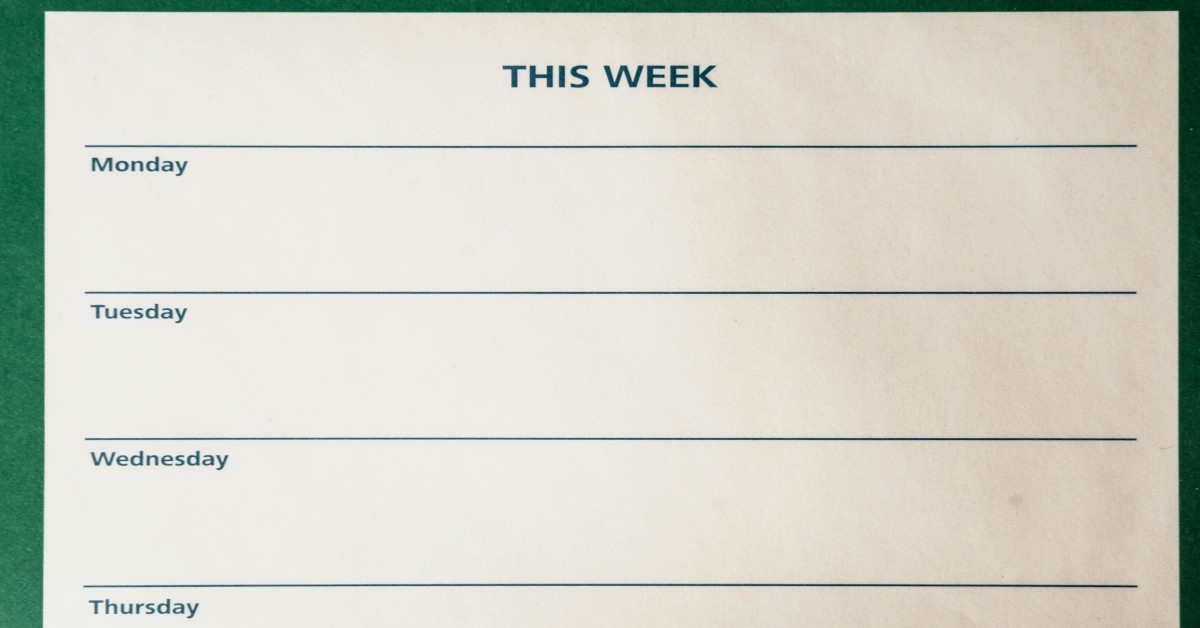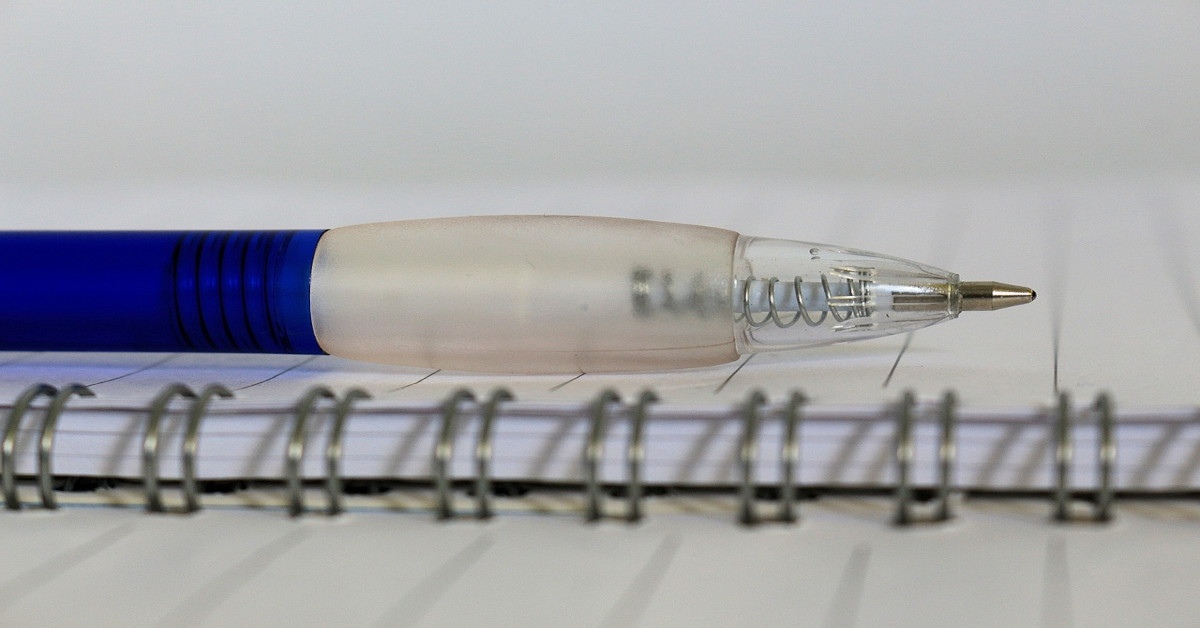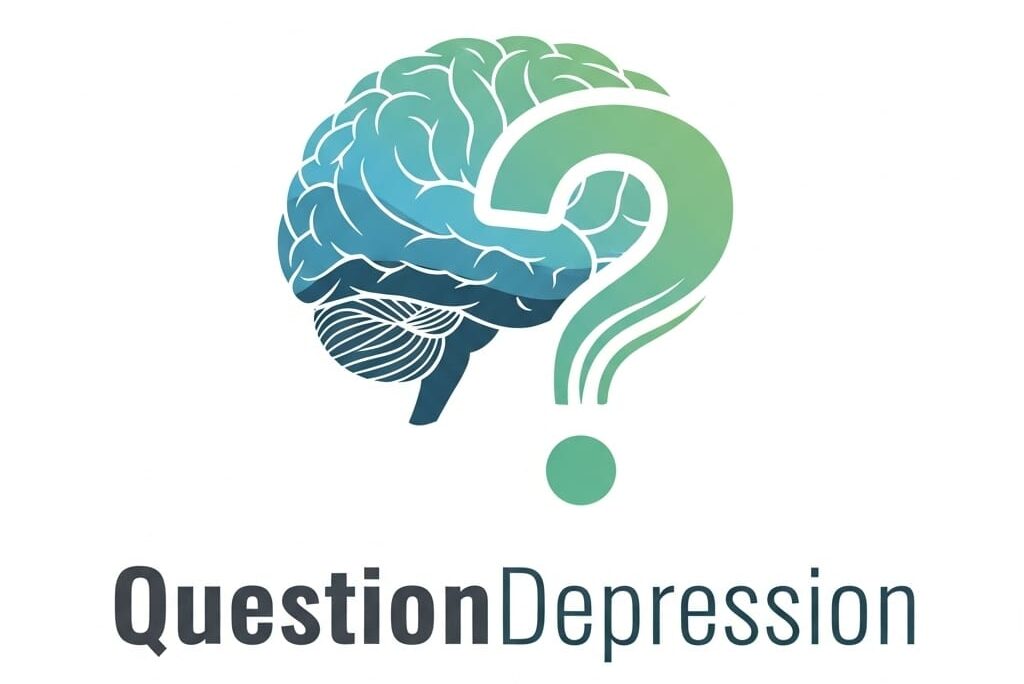These cognitive therapy exercises and worksheets are specifically designed to help with depression by combating antagonistic notions, increasing positive activities, and improving mood regulation.
- “Catch it, check it, change it” exercise
-
- Purpose
Assists in detecting and confronting depressive thoughts.
-
- Instructions
When you notice a negative thought, go through the three steps:
| Step | Question to ask yourself | Example |
| Catch it | What negative thought am I having? | “I’m worthless.” |
| Check it | Is there evidence for or against this thought? | “I have people who care about me.” |
| Change it | What’s a more balanced way to see this? | “I’m struggling, but I still have value.” |
-
- Worksheet
Catch it, Check It, Change It PDF.
- Mood tracking journal
-
- Purpose
Helps to recognize patterns in your attitude and what influences them.
-
- Instructions
Fill out the table daily to track your emotions and behaviors.
| Date | Mood (1-10) | What happened? | What helped or hurt? |
| Monday | 4 | Stayed in bed all day. | Talking to a friend helped a little. |
| Tuesday | 6 | Took a walk outside. | Fresh air and movement improved my mood. |
-
- Printable version
- The “5-4-3-2-1” grounding exercise
-
- Purpose
Helps manage depressive rumination by directing attention to the present moment.
-
- Instructions
Engage your senses when feeling stunned:
-
-
- 5 things you can see.
- 4 things you can touch.
- 3 things you can hear.
- 2 things you can smell.
- 1 thing you can taste.
-
-
- Worksheet
Grounding Techniques for Depression & Anxiety.
- Self-compassion letter

-
- Purpose
Aids in reframing self-criticism into self-kindness.
-
- Instructions
Write a letter to yourself as if you were comforting a friend.
-
- Example prompt
“Imagine your best friend was struggling with depression. What would you tell them? Now, say those same things to yourself.”
- Example prompt
-
- Worksheet
- “What’s in my control?” exercise
-
- Purpose
Helps reduce hopelessness by aiming for controllable actions.
-
- Instructions:
Divide a piece of paper into two sections:
-
-
- ✅ In my control | ❌ Not in my control.
- List things that you can change and things that are beyond your control.
-
-
- Example worksheet
- Activity scheduling for motivation

-
- Purpose
Increasing enjoyable and meaningful activities, even when motivation is low.
-
- Instructions
Plan one minor activity per day and rate how you feel before and after.
-
- Worksheet
- “If I had more energy, I would…” list
-
- Purpose
Reconnecting with things that bring you happiness.
-
- Instructions
Pen down small activities you would like if you had more energy.
-
- Example
-
-
- If I had more energy, I would go for a walk in the park.
- If I had more energy, I would call my best friend.
-
Use this as a reference when motivation is low!
Here are some additional cognitive exercises and worksheets specifically for depression that concentrate on breaking negative thought patterns, improving self-esteem, and increasing motivation.
- The “STOPP” technique for overthinking
-
- Purpose
Helps interrupt negative thinking spirals.
-
- Instructions
Use the acronym STOPP when you feel plagued:
| Step | Question to ask yourself | Example |
| S – Stop | Pause before reacting. | “I’m feeling down right now.” |
| T – Take a breath | Deep breaths to calm down. | “Breathe in… Breathe out…” |
| O – Observe | What am I thinking and feeling? | “I feel worthless and exhausted.” |
| P – Perspective | Is there another way to look at this? | “I’m having a tough day, but I’ve had good days too.” |
| P – Proceed | What’s a helpful next step? | “Maybe I can take a walk or text a friend.” |
-
- Worksheet
- Self-esteem thought challenge

-
- Purpose
Countering self-critical beliefs and building self-worth.
-
- Instructions
When you think harmfully about yourself, fill out this chart.
| Negative thought | Evidence for | Evidence against | Balanced thought |
| “I’m a failure.” | I made a mistake at work. | I’ve succeeded before. One mistake doesn’t define me. | “I made a mistake, but I can learn from it.” |
-
- Worksheet
Self-Esteem Thought Challenge.
- “The 3-minute distraction plan”
-
- Purpose
Quickly shift attention when feeling stuck in negativity.
-
- Instructions
Pick one from each category when feeling low:
-
-
- Physical action
-
Stretch, walk, dance, and splash cold water on your face.
-
-
- Mental distraction
-
Name 10 things in the room, solve a riddle, or count backward from 100.
-
-
- Emotional shift
-
Watch a funny video, listen to upbeat music, or recall a happy memory.
-
- Worksheet
- “If I were advising a friend…” exercise

-
- Purpose
Altering self-critical views to a more compassionate perspective.
-
- Instructions
Write your adverse judgment, and then write how you’d respond if a friend said the same thing.
-
- Example
-
-
- My thought
-
“I’ll never get better.”
-
-
- What I’d tell a friend
-
“You’re going through a tough time, but things can change. What small step can you take today?”
-
- Worksheet
- “Depression iceberg” exercise
-
- Purpose
Uncovering hidden emotions behind depression.
-
- Instructions
Draw an iceberg.
-
-
- On the tip (visible part), write: “I feel depressed.”
- Under the surface, list deeper emotions (“I feel lonely, unmotivated, guilty”).
-
-
- Worksheet template
- The “10% better” rule
-
- Purpose
Altering from all-or-nothing thinking.
-
- Instructions
When feeling stuck, ask:
-
-
- “What would make this situation 10% better?”
-
-
- Example
-
-
- If feeling exhausted → “10% better = drinking water or opening a window.”
- If feeling isolated → “10% better = texting one person.”
-
-
- Worksheet
- “Rewriting my depression story” exercise

-
- Purpose
Helps reframe personal identity beyond depression.
-
- Instructions
Write two versions of your life story:
-
-
- The depression story
-
Describe your struggles.
-
-
- The growth story
-
Rewrite your story, highlighting strengths, resilience, and modest wins.
-
- Example
-
-
- Old story
-
“I’ve always been depressed. I never get things right.”
-
-
- New story
-
“I’ve faced challenges, but I’m working on little steps to improve each day.”
-
- Worksheet
- “5-minute purpose finder” exercise
-
- Purpose
Helps reconnect with meaning and purpose.
-
- Instructions
Answer these 3 questions:
-
-
- What do I enjoy or find meaningful? (Even small things count!)
- What’s one thing I could do today that aligns with that?
- How will I remind myself to do it?
-
-
- Example
-
-
- “I enjoy helping people.”
- “I’ll send an encouraging message to a friend.”
- “I’ll set a reminder on my phone at 5 PM.”
-
-
- Worksheet
Some supplementary exercises aim at emotional processing, motivation, self-acceptance, and resilience building.
- The “RAIN” mindfulness technique

-
- Purpose
Processing difficult emotions without judgment.
-
- Instructions
When feeling depressed or exhausted, use RAIN:
| Step | Question to ask yourself | Example |
| R – Recognize | What am I feeling right now? | “I feel hopeless and tired.” |
| A – Allow | Can I allow this feeling to exist without fighting it? | “It’s okay to feel this way for now.” |
| I – Investigate | Why do I feel this way? What do I need? | “I haven’t rested enough. I need self-care.” |
| N – Nurture | How can I comfort or support myself? | “I’ll take a warm bath and rest today.” |
-
- Worksheet
- The “emotional first aid kit” exercise
-
- Purpose
Aids in creating a self-care plan for when depression hits.
-
- Instructions
List soothing actions you can take when struggling.
| Category | Actions I can take |
| Physical comfort | Take a warm shower, stretch, and drink herbal tea. |
| Emotional comfort | Write in a journal and listen to calming music. |
| Social support | Call a friend, text someone I trust. |
| Distraction activities | Watch a funny show, do a puzzle, or color a mandala. |
-
- Worksheet template
- “Reframing the worst-case scenario” exercise

-
- Purpose
Reducing catastrophic thinking and building flexibility.
-
- Instructions
When facing a distressing thought, go through these steps:
| Step | Example thought | Reframed thought |
| Worst case | “If I fail this project, my life is over.” | “Failing isn’t the end of the world. I can try again.” |
| Best case | “Maybe I’ll do better than I expected.” | “This could be a learning experience.” |
| Most likely case | “It might be tough, but I’ll handle it.” | “One failure won’t define me.” |
-
- Worksheet
Challenging Negative Thoughts.
- The “values-based action plan”
-
- Purpose
Reconnecting with what truly matters to you.
-
- Instructions
Find your top values and create small daily actions around them.
| Value | Small action |
| Kindness | Write a thank-you note. |
| Creativity | Draw for 5 minutes. |
| Health | Walk for 10 minutes. |
-
- Worksheet
- The “emotional wheel” exercise
-
- Purpose
Identifying hidden feelings behind depression.
-
- Instructions
Use an emotion wheel to explore what you’re feeling beyond just “sad” or “tired.”
| Core emotion | Deeper feeling |
| Sad | Lonely, disappointed, rejected. |
| Angry | Frustrated, resentful, powerless. |
| Anxious | Overwhelmed, uncertain, insecure. |
-
- Worksheet
- “The 5-minute rule” for motivation
-
- Purpose
Assists in overcoming low motivation and procrastination.
-
- Instructions
When struggling to start a task, commit to just 5 minutes of it.
-
- Example
-
-
- Instead of “I don’t want to clean the kitchen,” say: “I’ll wash one.”
- Rather than telling yourself, “I don’t feel like exercising,” say: “I’ll stretch for 5 minutes.”
-
-
- Worksheet
- “Letters to my future self” exercise

-
- Purpose
Creating hope and perspective.
-
- Instructions
Pen a letter to yourself in 1 month, 6 months, or a year from now.
-
- Example prompts
-
-
- “Dear future me, I know things feel hard now, but I believe you’ll get through this…”
- “I hope you remember that you are strong, even when it doesn’t feel that way…”
-
-
- Worksheet
Letter to Future Self Template.
- “The gratitude flip” challenge
-
- Purpose
Transferring attention from negative to positive
-
- Instructions
Take a complaint and flip it into gratitude.
| Complaint | Gratitude flip |
| “I hate my job.” | “I’m grateful to have a job that provides for me.” |
| “I feel alone.” | “I appreciate the people who have been there for me.” |
-
- Worksheet
- “Tracking small wins” journal

-
- Purpose
Countering feelings of failure by focusing on daily progress.
-
- Instructions
Write one small victory each day.
| Date | Small win |
| Monday | Got out of bed even though I didn’t feel like it. |
| Tuesday | Sent an email I was avoiding. |
| Wednesday | Took a 5-minute walk. |
-
- Worksheet
- “The self-compassion mirror” exercise
-
- Purpose
Easing self-criticism and increasing self-kindness.
-
- Instructions
Every morning, look in the mirror and say:
-
-
- “I am worthy, even when I struggle.”
-
-
- Worksheet
Looking for more?
If you want more in-depth exercises, check out:
- Books

- “Mind Over Mood” by Greenberger & Padesky (CBT exercises for depression).
- “The Upward Spiral” by Alex Korb (Science-backed small steps for depression recovery).
Conclusion
Cognitive therapy is widely regarded as a highly effective approach for treating depression.
That’s because it enables people to actively address the thoughts that fuel their depressive symptoms and teaches lasting skills that can improve their mental health in the long term.
Join our forum and Facebook
Please consider joining our forum and Facebook if you enjoyed reading this and would like to chat with like-minded peers about anything depression related.
It would certainly go a long way toward making my dream of creating a thriving, supportive community a reality!

